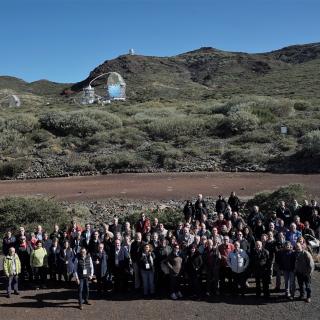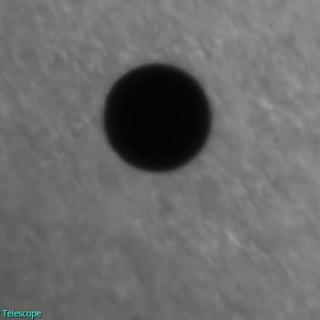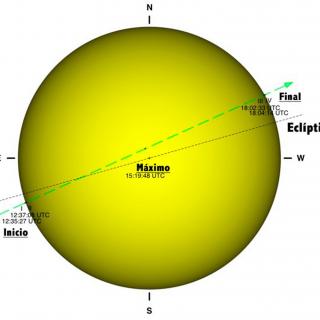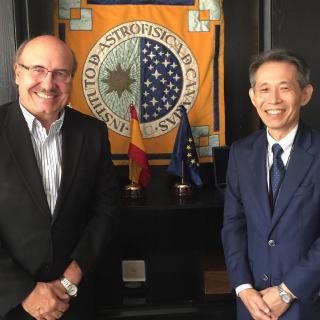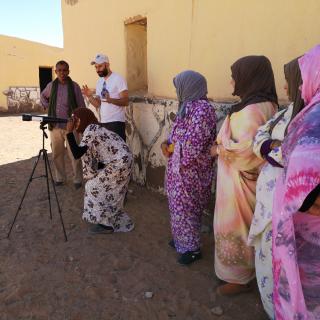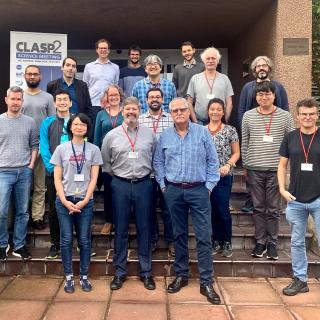
CLASP and CLASP2 are opening a new window for the investigation of magnetism in solar and stellar physics. In 2008 an international team of solar physicists started a novel project of space experiments. By means of telescopes and instruments launched on board of NASA suborbital rockets, unprecedented measurements of the polarization of the ultraviolet light emitted by the Sun in several atomic lines were performed. Such spectro-polarimetric observations are needed for obtaining information on the magnetic field in the enigmatic chromosphere-corona transition region of the solar atmosphere
Advertised on
